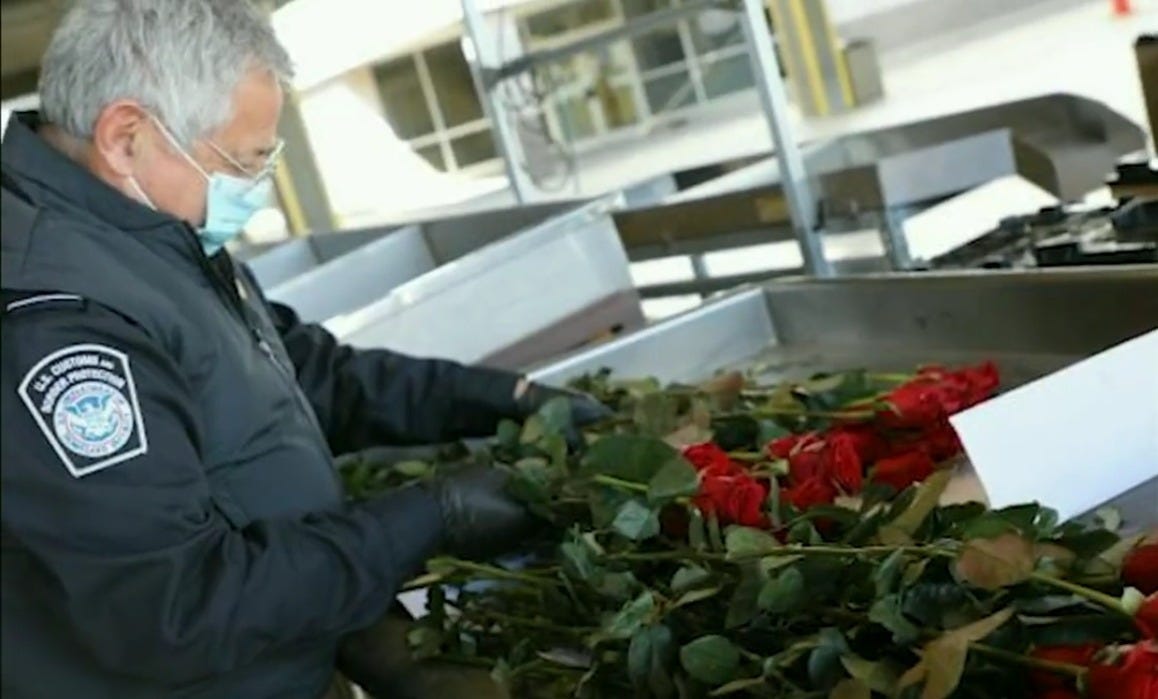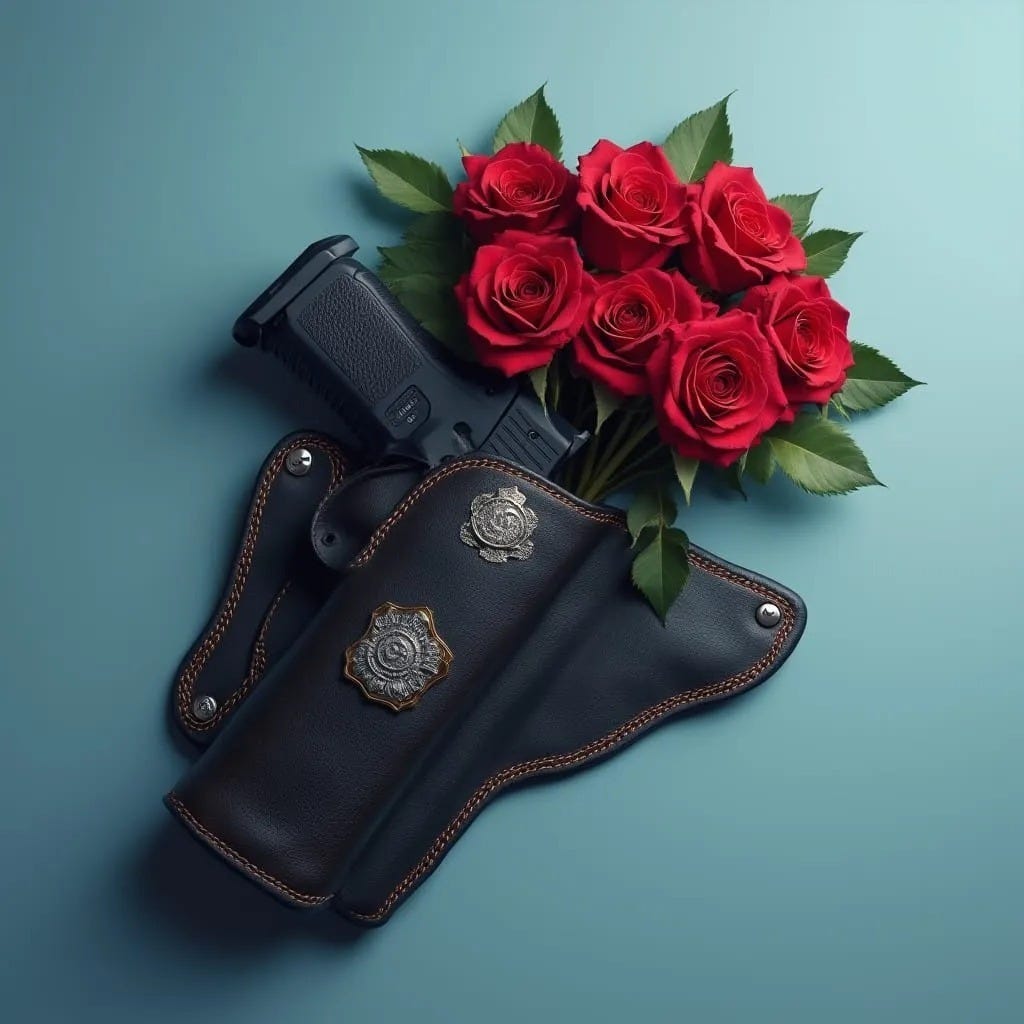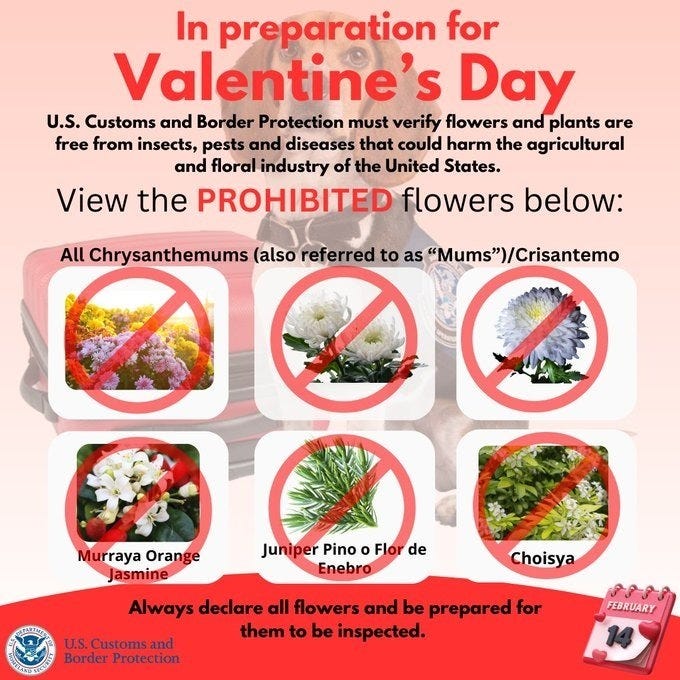Border Cops Make Valentine's a Safe Holiday For Lovers
Customs & Border Protection Officers ensure flowers and jewelry are safe gifts to give.
Do you know that US Customs & Border Protection (CBP) officers often work overtime to make sure Valentine's Day is safe? For instance, if you gave that special someone in your life a bouquet of flowers for Valentine's, chances are very good those flowers came to you after first passing inspection by a CBP Officer.

Eighty percent of the flowers sold in the US are imported - mainly from Colombia and Ecuador. Of those floral imports, ninety percent of them enter the country through Miami, where they are inspected by CBP agriculture specialists to make sure they are pest-free. That's more than 370 tons of flowers (worth almost two billion dollars) that must be inspected by CBP officers there each year!
Some flowers -such as Chrysanthemums - are prohibited from being imported altogether. (Mums are prohibited to prevent "Chrysanthemum White Rust" plant disease from entering the country and decimating US growers' crops).
Others on the "no-no" list include Murraya (commonly known as “Orange Jasmine”), to prevent Asian citrus psyllid (a serious pest affecting citrus trees) from entering the country.

Did you buy jewelry and flowers for your sweetheart for Valentine's Day? Chances are the bling you purchased had to pass inspection by CBP Officers as well. Federal agents closely examine jewelry shipments to make sure you aren't ripped off by unknowingly purchasing a knock-off.

Last month alone, CBP Officers in Louisville, Kentucky, seized 28 shipments of counterfeit designer jewelry, each worth an average of $975,000 (had the goods been genuine).
Most of these knock-offs come from China and Hong Kong. Counterfeit jewelry manufacturers often hide them among other legitimate goods or mislabel the shipment as something other than jewelry - hoping it won't attract attention worthy of a closer look by CBP Officers.

Have a Happy & Safe Valentine's Day Weekend!
Abrazos,
Jack Beavers





